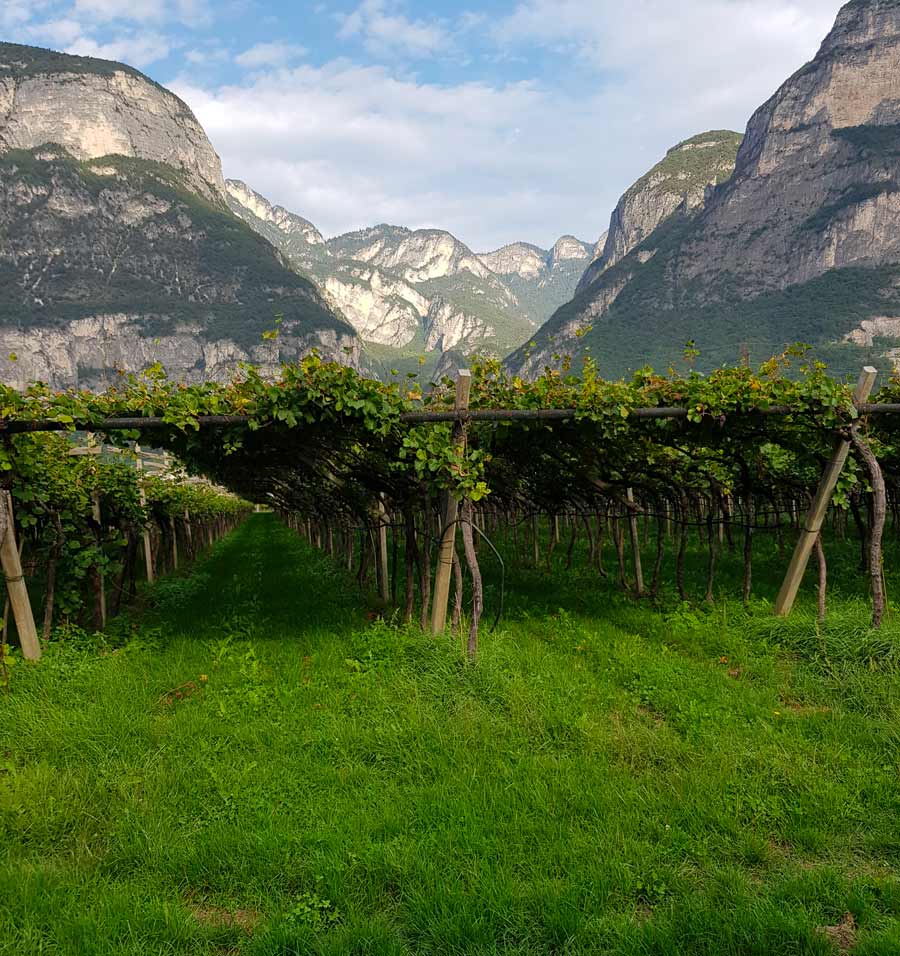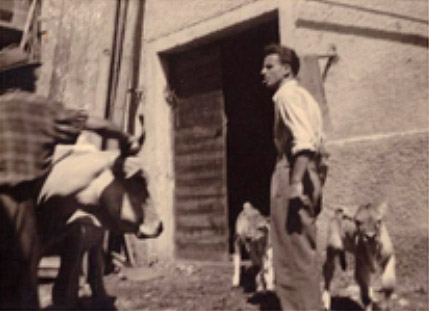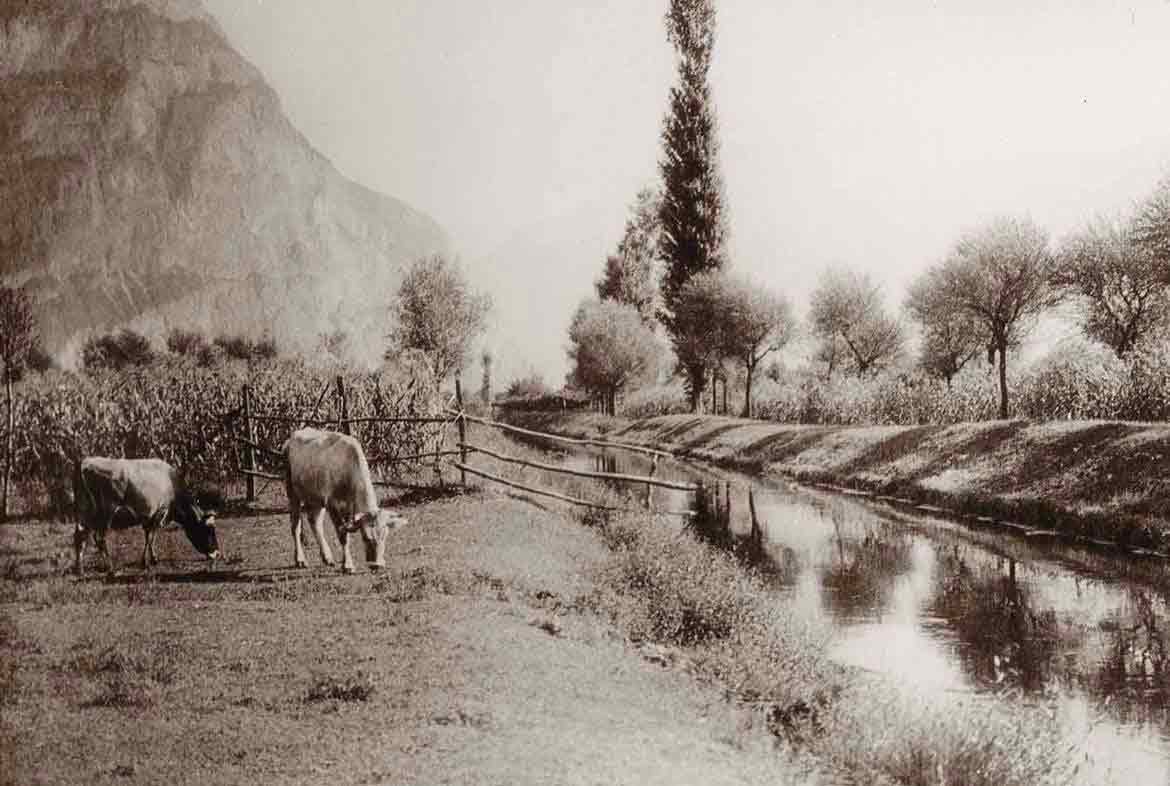ITALY DELIVERY:
Minimum Order: 2 Bottles
For orders over 100€ free delivery.
Shipment within 5 working days
INTERNATIONAL DELIVERY:
Please contact us: info@zehnhof.it


Zehnhof Winery stands on the vine-growing hill of Roverè della Luna, in the Salurner Klause, a unique area in the world: a niche surrounded by the imposing mountains, which provide shelter from the icy winter winds and at the same time is crossed by the waters of the Adige River, which give energy and sap to the vegetation.
The view is lost in the orderly vineyards cultivated with a simple or double Trentino Pergola; a system of cultivation typical of the area, which allows the grapes to capture all the beneficial effects of the light and warmth of the sun.
The soils are located in an area between the Alpine climate and the more temperate climate typical of the Pre-Alps; the winters are not too humid and the summers rather mild. This allows the grapes to ripen in ideal climatic conditions, thanks to significant temperature differences between day and night and the frequent wind, typical of the area, which prevents the development of mould.
The calcareous matrix and the loamy texture of the soil force the roots of the vines to make their way into the deeper soil in search of nourishment, giving the wines strong mineral notes in the taste and great freshness.

Zehnhof Winery stands on the vine-growing hill of Roverè della Luna, in the Salurner Klause, a unique area in the world: a niche surrounded by the imposing mountains, which provide shelter from the icy winter winds and at the same time is crossed by the waters of the Adige River, which give energy and sap to the vegetation.

The first evidence of this dates back to pre-Christian times, as evidenced by the discovery in 1859 of a capital dedicated to Saturn, the Roman god of abundance and harvests. Roverè della Luna and its vineyards are also mentioned in the deed with which Henry II, King of Bohemia and bishop’s advocate, granted some wooded land to Tyrolean nobles in 1327, so that they could cultivate vineyards on the “Aichholz” hill, which later became “Roverè della Luna” in Italian.
Moreover, in the 17th century, the painter and travelling writer Max Sittich von Wolkenstein described the Aichholzer Lagrein as a variety of grape with large berries, from which an excellent red wine is made


The first evidence of this dates back to pre-Christian times, as evidenced by the discovery in 1859 of a capital dedicated to Saturn, the Roman god of abundance and harvests. Roverè della Luna and its vineyards are also mentioned in the deed with which Henry II, King of Bohemia and bishop’s advocate, granted some wooded land to Tyrolean nobles in 1327, so that they could cultivate vineyards on the “Aichholz” hill, which later became “Roverè della Luna” in Italian.
Moreover, in the 17th century, the painter and travelling writer Max Sittich von Wolkenstein described the Aichholzer Lagrein as a variety of grape with large berries, from which an excellent red wine is made
